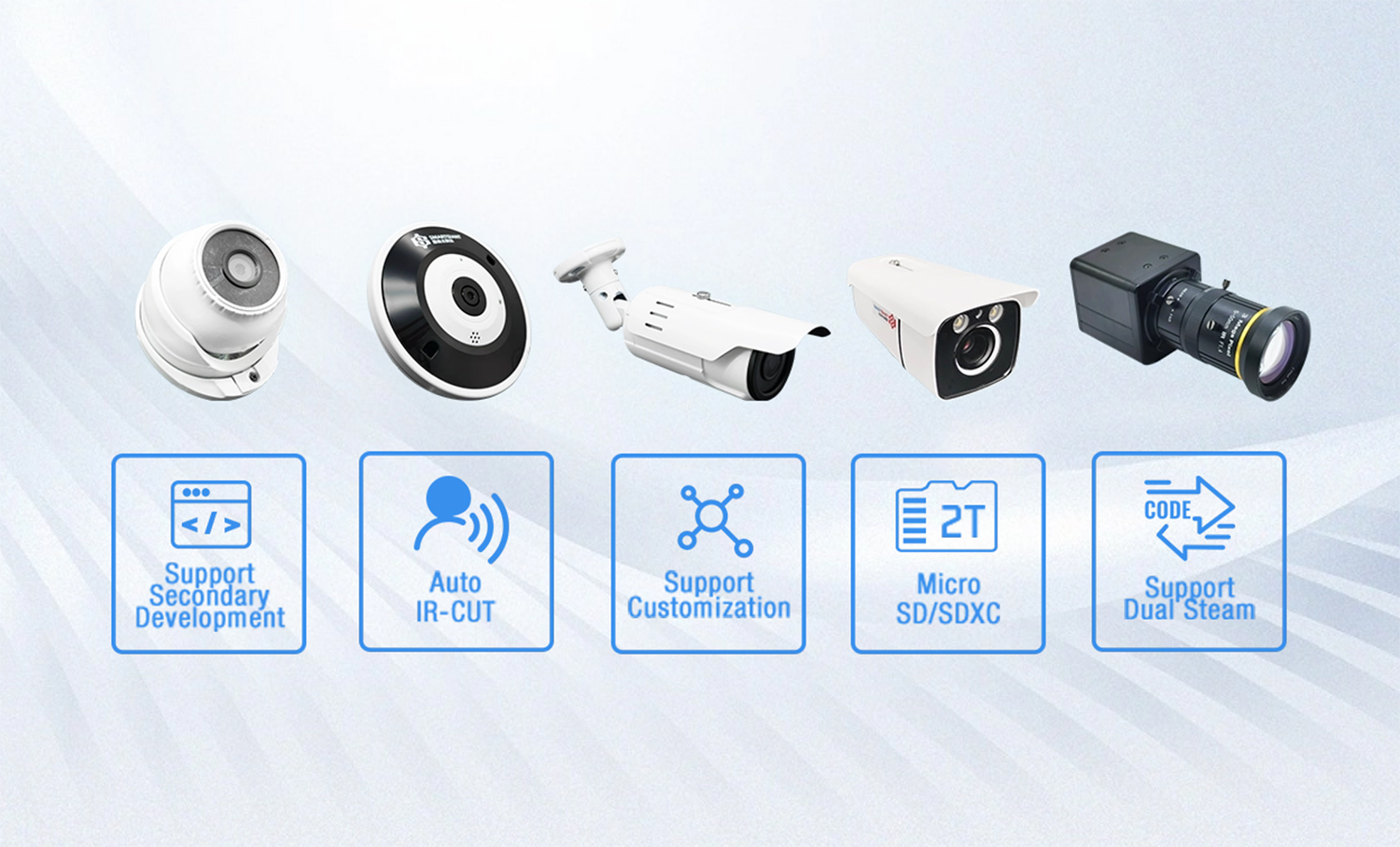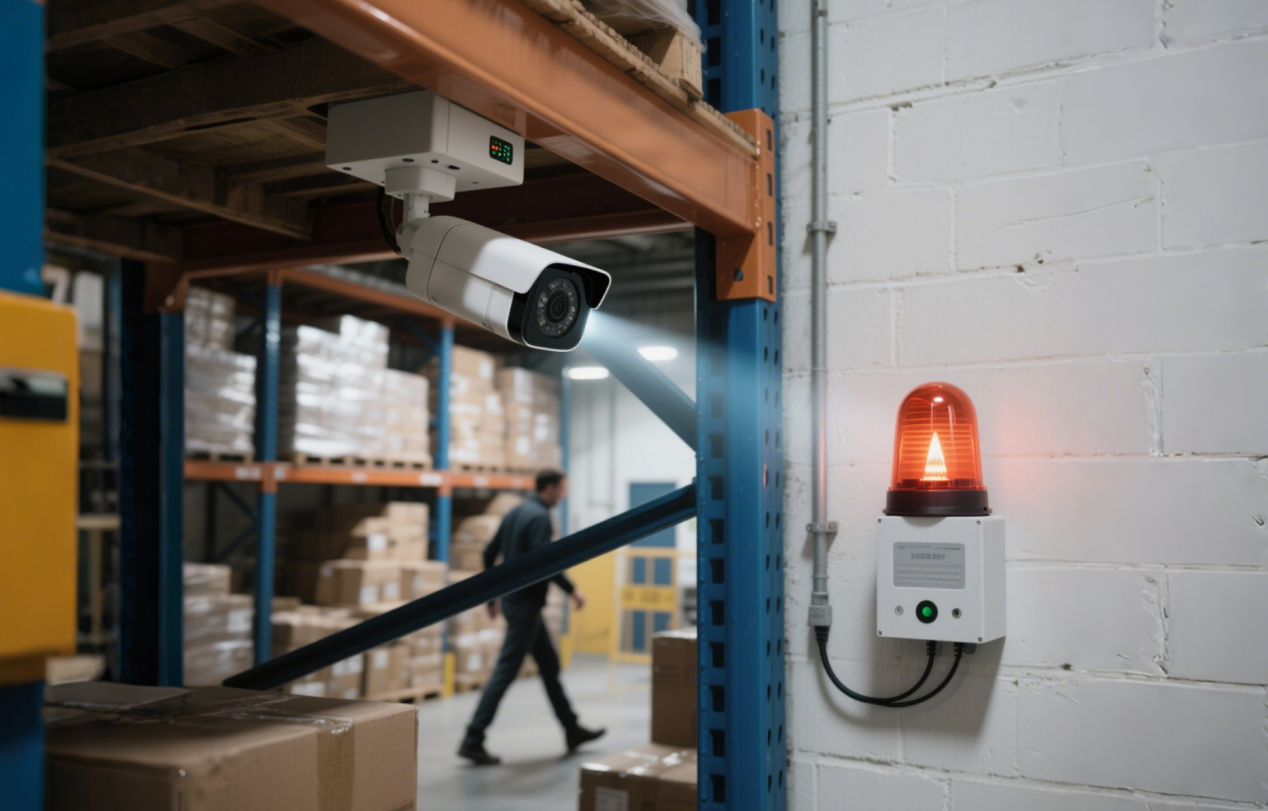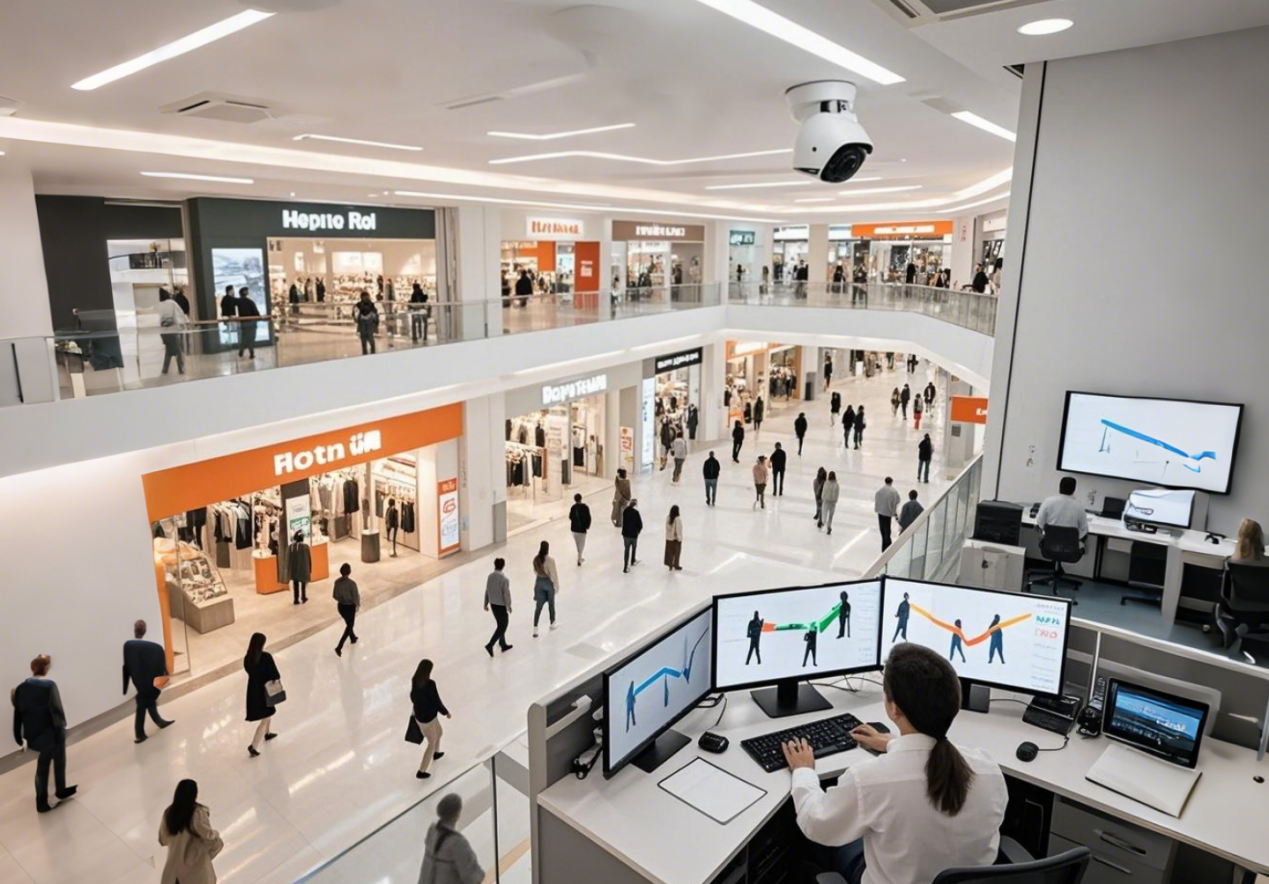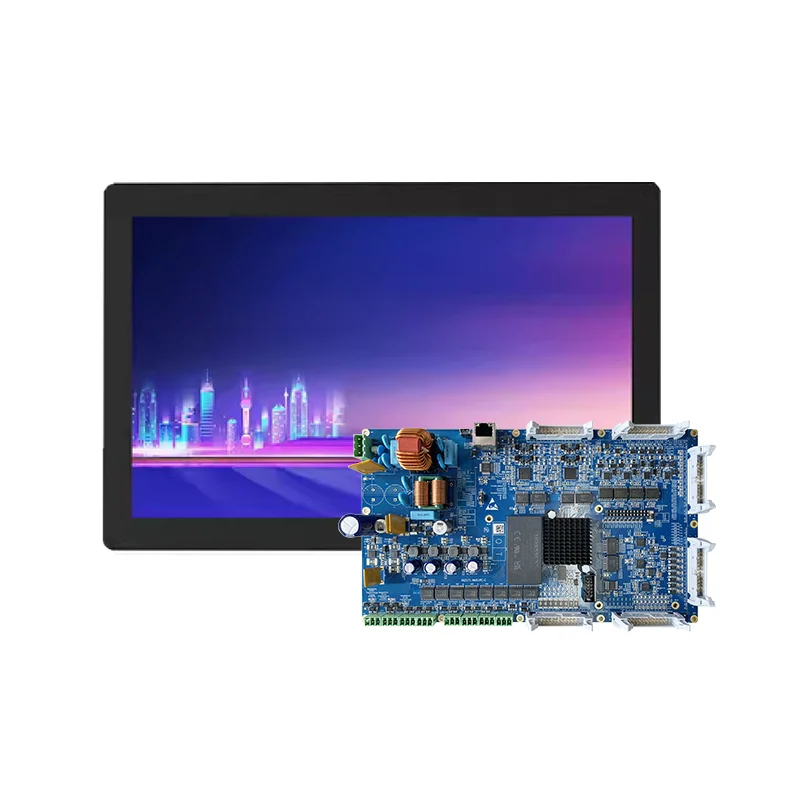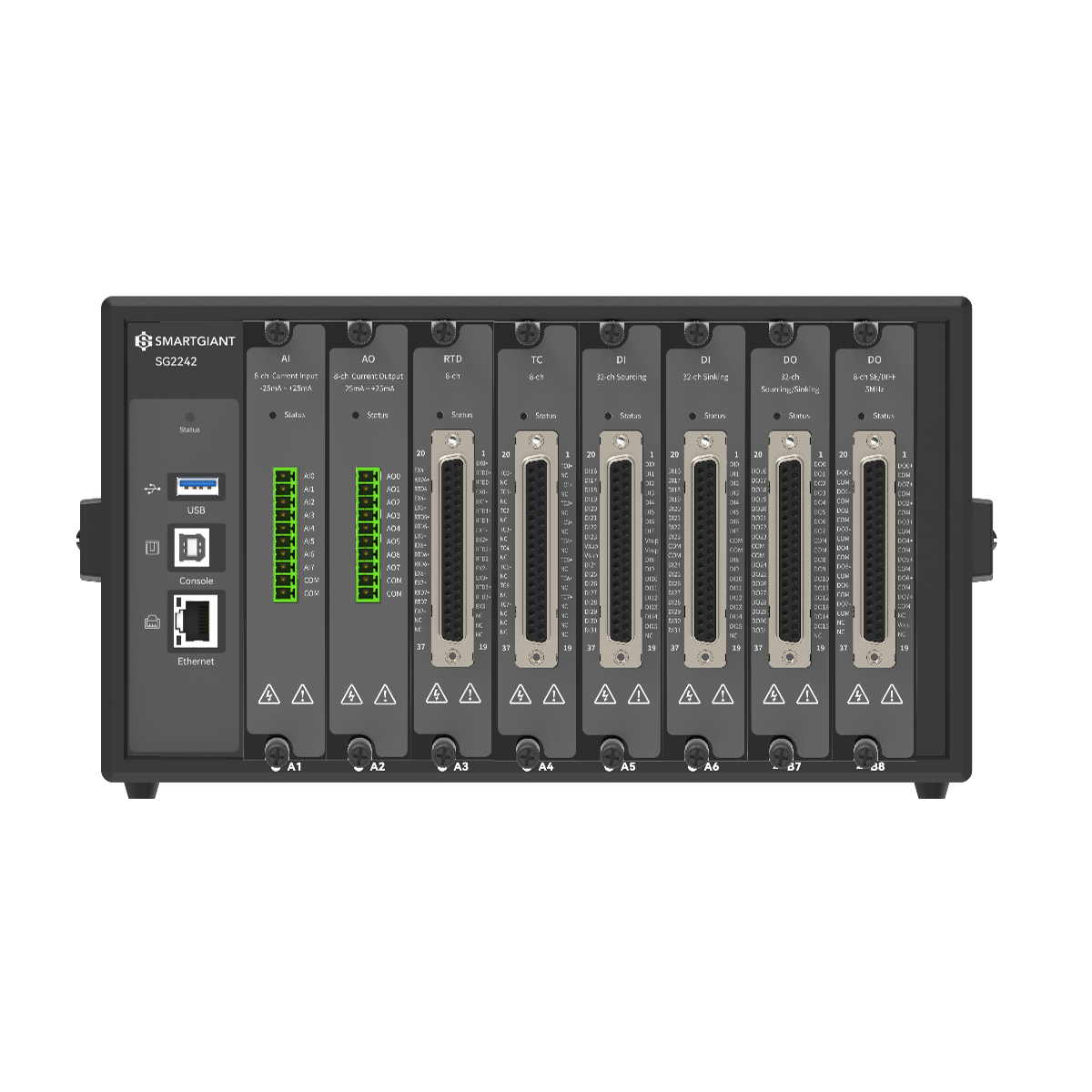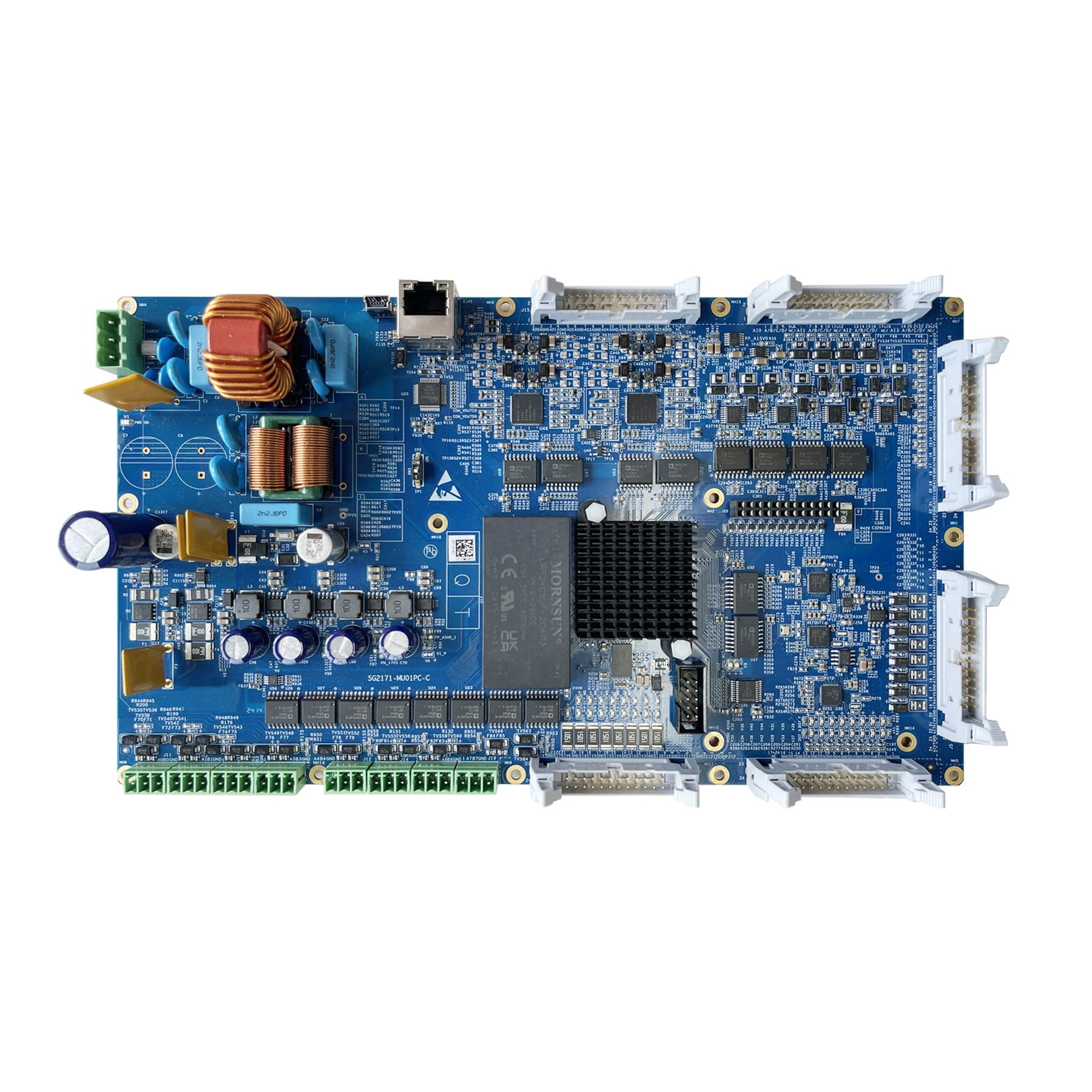
How Al Camera RockChip RV1126 Work with Software Development Kit
1. Introduction: Overcoming Bottlenecks in AI Vision Deployment
As AI and IoT technologies converge, AI cameras have become essential tools in applications like smart security, intelligent retail, and industrial inspection. However, developers face challenges such as complex hardware selection, high barriers to algorithm deployment, and long system optimization cycles. Smartgiant’s Horus AI camera and its accompanying Software Development Kit (SDK), built on the RockChip RV1126 processor, offer a tightly integrated software-hardware solution. By combining a standardized hardware platform with a modular software toolchain, it provides full-cycle support from algorithm validation to final product deployment—dramatically reducing both the development cost and technical threshold for AI vision applications.
2. Horus AI Camera Hardware Architecture: Key Features of RockChip RV1126
The Horus AI camera is designed with high integration, low power consumption, and strong environmental adaptability. At its core is the RockChip RV1126 SoC, purpose-built for edge vision computing. This chip integrates a quad-core ARM Cortex-A7 CPU and a 2.0 TOPS NPU (Neural Processing Unit), enabling efficient execution of lightweight AI models like YOLOv3 and MobileNet. It also supports H.264/H.265 video encoding/decoding, ensuring real-time video stream processing.
The Horus AI camera adopts a standard IPC 38-board structure compatible with mainstream housing designs (e.g., bullet, dome, and turret cameras). It supports both PoE and DC 12V power supply modes and is built to operate in wide temperature environments from -10°C to 50°C. Sensor modules support high-definition Sony IMX series cameras (2MP/5MP/4K), and include features like automatic IR-CUT switching for optimized imaging in day/night scenes. Hardware-level features such as 4KV surge protection, hardware encryption modules, and RTC clock ensure system stability and data security.
Key Hardware Specs:
- Processor: RockChip RV1126 (Quad-core Cortex-A7 @1.5GHz)
- AI Performance:0 TOPS NPU (supports INT8/INT16 quantization)
- Memory:1GB DDR3 + 8GB eMMC (expandable via TF card up to 2TB)
- Interfaces:RJ45 Ethernet, USB 2.0, UART, MIPI-CSI camera interface
- Power Supply: PoE (IEEE802.3af) / DC 12V, typical power < 3W
3. Software Development Kit (SDK): Comprehensive Development Support from Drivers to Application APIs
The Smartgiant Horus SDK is designed to simplify AI development. It abstracts hardware drivers, image processing, and media services into standardized APIs, allowing developers to focus on AI model development and application logic without worrying about low-level technical details.
3.1 System Layer: Stable Embedded Linux Environment
Based on Buildroot, the SDK delivers a customized Linux OS with integrated drivers (sensor, network, storage), secure firmware mechanisms, and watchdog (WDT) support to ensure long-term system stability at the edge. Tools for OTA updates and log analysis are included to support remote maintenance and troubleshooting.
3.2 Function Layer: Modular Core Services
- Image Processing Engine: Encapsulates ISP functions supporting 3A (Auto Focus / Exposure / White Balance), HDR, 3D noise reduction, and fisheye correction, delivering high-quality image data for AI inference.
- Media Services: Supports real-time multi-stream encoding with H.264/H.265 (main stream: 4K@30fps + sub-stream: 1080p@30fps), and provides compatibility with RTSP/RTMP streaming protocols for seamless integration with mainstream video platforms.
- Hardware Control Interfaces: Abstracts GPIO, PWM, I2C operations for features like IR illumination control, IR-CUT switching, and ambient light sensing.
3.3 Application Layer: Flexible AI Interfaces
- Multi-language Support: Provides native C/C++ APIs and Python bindings for various development teams.
- Model Deployment Toolkit: Supports models from TensorFlow, PyTorch, Caffe, etc. with built-in tools for model conversion and optimization. Using the NPU acceleration libraries, YOLOv3 can run at up to 25 FPS on RV1126.
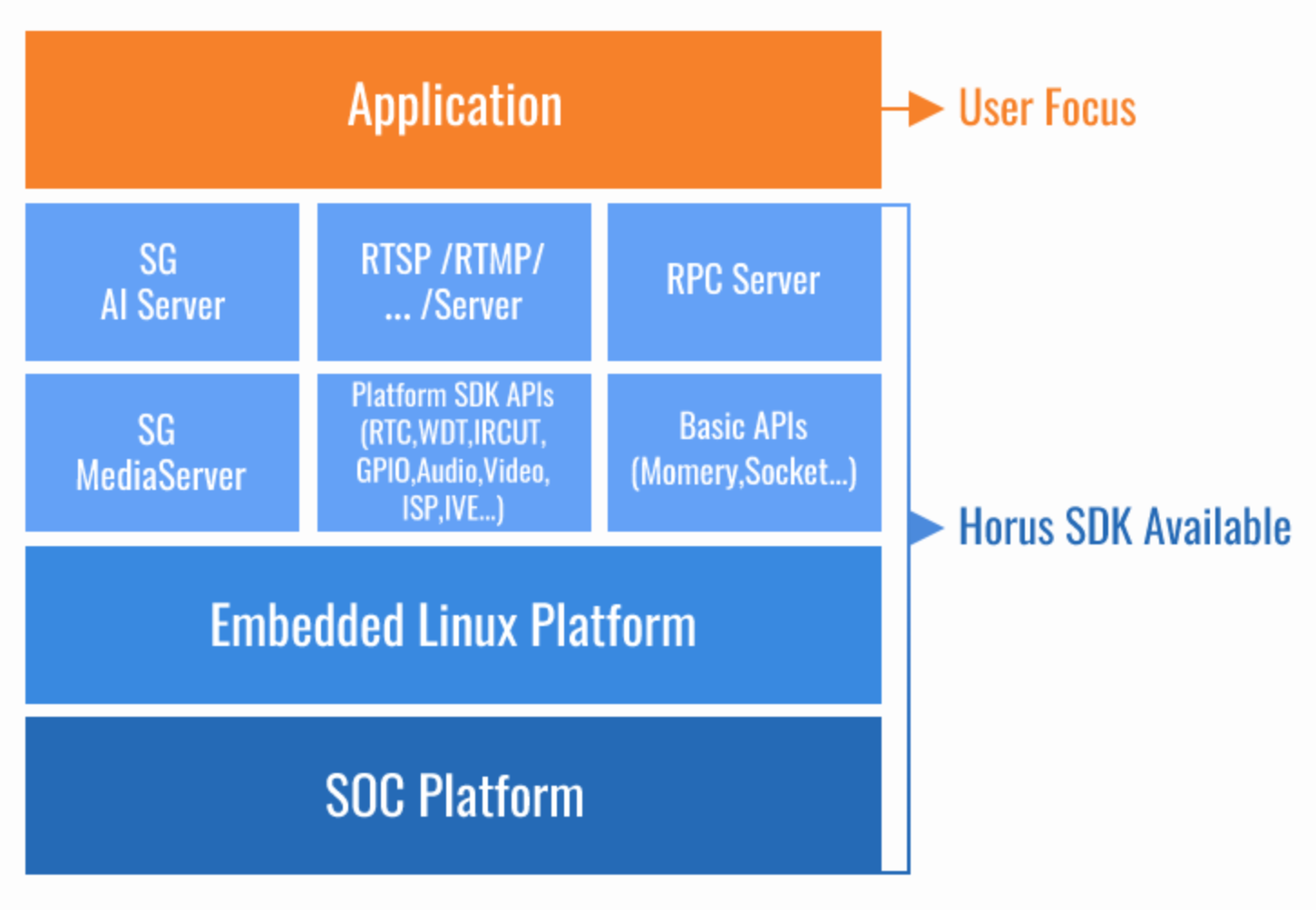
4. Software-Hardware Co-Development Workflow: From Prototype to Mass Production
Smartgiant provides a standardized development workflow that combines the Horus hardware with the SDK to shorten the development cycle of AI cameras.
4.1 Requirements Analysis and Hardware Selection
Hardware configurations—such as sensor resolution, lens focal length, and enclosure type—can be customized according to specific application requirements. Horus supports both monocular and binocular camera setups to meet the needs of 2D visual inspection and 3D depth sensing. For example, dual-lens modules in retail enable customer path tracking, while fixed-focus lenses in industry support high-precision defect detection.
4.2 Algorithm Development and Model Optimization
Developers use the SDK’s image interface to acquire raw data, train AI models on PC, and deploy optimized models to the Horus device. Built-in tools perform quantization and compilation, improving inference speed and reducing latency and power consumption on the RV1126.
4.3 System Integration and Debugging
The SDK includes a web-based management interface for configuration, real-time preview, ROI setup, stream adjustment, and privacy masking. Developers can use serial debugging or SSH to analyze logs and troubleshoot system and algorithmic issues.
4.4 Mass Production and Scene Adaptation
Smartgiant offers services from PCB design and enclosure customization to firmware mass production. Horus supports industrial design customization (e.g., thermal dissipation, port expansion) and OTA updates for future algorithm iteration and feature expansion.
5. Application Scenarios: Diverse Real-World Use Cases
The Horus AI camera and SDK have been successfully deployed in various industries. Here are three representative applications:
5.1 Smart Security: Area Monitoring and Behavior Analysis
In industrial parks or warehouses, Horus bullet cameras enable zone intrusion detection. Using motion and boundary detection APIs, combined with custom human posture recognition algorithms, the system can detect unauthorized access in real time and trigger alarms. IP66 protection and PoE support make it reliable for outdoor use.
5.2 Smart Retail: Customer Flow Analytics and Store Optimization
In malls and retail chains, Horus dome modules enable stereo vision-based customer traffic analysis. With image stitching and object tracking functions, the system measures visitor paths, dwell times, and hotspot areas. Face recognition can identify VIP customers and enable personalized recommendations to optimize product placement and marketing strategies.
5.3 Industrial Safety: Compliance Monitoring
On construction sites, Horus cameras detect safety helmet violations. The SDK’s preprocessing interface and a custom detection model monitor workers in real time, identify improper or missing helmets, and send alerts via API to the management platform—improving on-site safety compliance.
6. Technical Advantages: Efficient AI Camera Development
The Horus series stands out for its deep software-hardware integration and full-chain support:
- Cost-Effective Hardware:RV1126-based design balances computing power and cost, reducing hardware expenses by over 30% compared to similar AI camera solutions.
- Streamlined Development:SDK abstracts complex details, enabling developers to complete deployment from setup to AI integration in under a week.
- Rapid Customization:With its 38-board standard and flexible enclosure options, custom models can be delivered within 7 days to meet specific application needs.
- Full Lifecycle Support:Smartgiant offers end-to-end services from hardware design and algorithm tuning to mass production, including model compression, power evaluation, and thermal simulation.
7. Conclusion: Enabling Scalable Edge AI Vision
The Smartgiant Horus AI camera and SDK open new paths for scalable edge vision development. Powered by RockChip RV1126 and an innovative SDK toolchain, developers no longer need complex system teams to turn AI algorithms into deployable products. Moving forward, Smartgiant will continue to enhance the Horus series with multi-sensor fusion (e.g., LiDAR, mmWave) and 5G edge computing capabilities—empowering industries like manufacturing and transportation to accelerate their intelligent transformation.
Smartgiant provides complete solutions from chip-level design to finished product manufacturing.
For technical documentation or sample requests, please visit Smartgiant’s official website or contact info@smartgiant.com.
Contact Us
Smartgiant Technology 1800 Wyatt Dr, Unit 3, Santa Clara, CA 95054.
Email: info@smartgiant.com
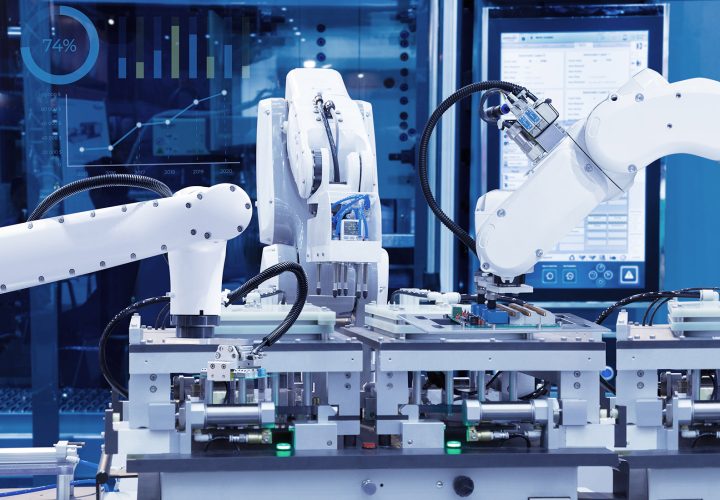
Contact Us
Smartgiant Technology 1800 Wyatt Dr, Unit 3, Santa Clara, CA 95054.
Email: info@smartgiant.com



